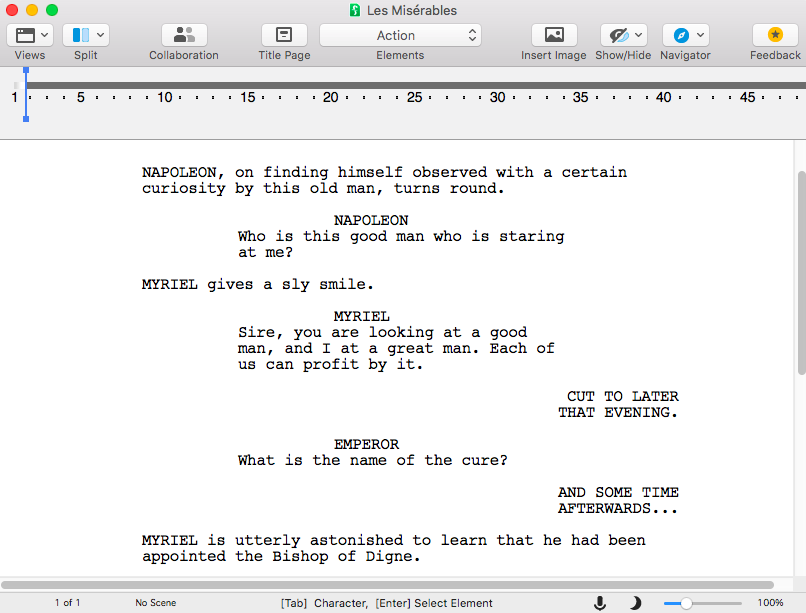

Also see ‘Rolling the Dice’ below.) For example, Player A and Player B are the highest rated on the team board, but these player grades correlate to being drafted about pick 40. (This goes beyond the strategy described above that could be applied if a team believes a player will still be available later in the Draft. In other words, the team feels that the player doesn’t warrant the pick. The best available players still on the board are not worth a selection choice that high. There are often times that the player(s) a team covets might not be available at the selection choice number a team holds. So the team must either feel very confident that none of the other 31 teams are as interested, or they are just very willing to play the ‘Risk versus Reward’ game. However, do not forget that ANY team may decide to trade up with one these teams, and suddenly a new threat can emerge with a team that very much might be interested in the targeted player. In that case, it might just be worth the risk. After deliberation and calculated reasoning, the team may have deduced that there is just no possible way the teams selecting with Draft choices between the traded away position and the new lower position will select the coveted player. The primary negative is obviously that another team may choose to select the targeted player. Two, a lower Draft choice will result in a smaller total contract value which, in turn, results in the team saving cash and cap space. These Draft picks can be used to select additional players, or they may be used as ammo to trade up again later in the Draft. This has two positive results: One, the team will receive an additional Draft pick or picks as compensation for giving another team the chance to move up. Consequently, a selecting team may gamble and attempt to trade down believing that they can still get a targeted player at a lower point in the Draft because other teams do not have as a high of a grade on him. The important thing to remember is that every team has a different grade and a different perceived value for each player in the Draft. Some teams might offer Draft picks with a cumulative value worth more than the ones they are acquiring simply because they are desperate to move up: There might be a player that they feel they absolutely have to have. At this point the phones are ringing, and the trade value chart is consulted to determine if the proposed trades are worth it. Exploratory phone calls are made to determine the “cost” of moving up.

Or it might be determined that it is worth it to trade up for a player that has fallen farther than the team has expected.

Or the team might get a call with a trade offer to move down in the order, and additional picks would be acquired. Other teams could trade up last minute and swipe a player. Everyone knows the few prospects the team is targeting, but there is some question as to if those players will still be available. So what exactly does happen in those final minutes before a team actually selects a player to draft? Anxious MomentsĪs a team’s first draft pick approaches, the room starts to get busy. Thus far I have detailed the entire process leading up to a team’s first draft choice and the Commissioner announcing that the Club is on the clock.


 0 kommentar(er)
0 kommentar(er)
